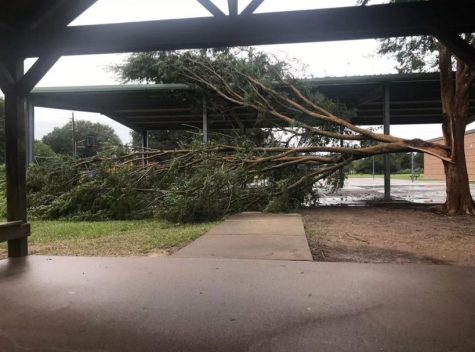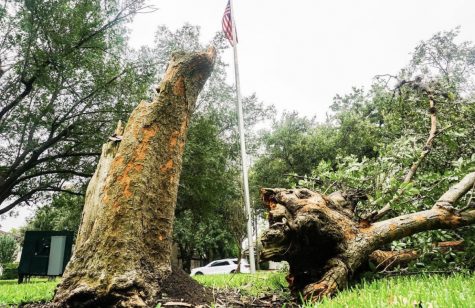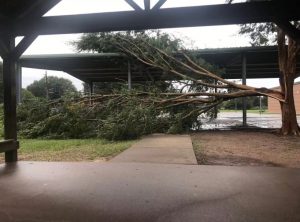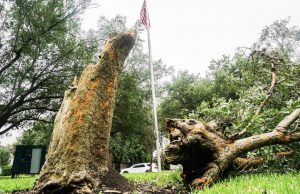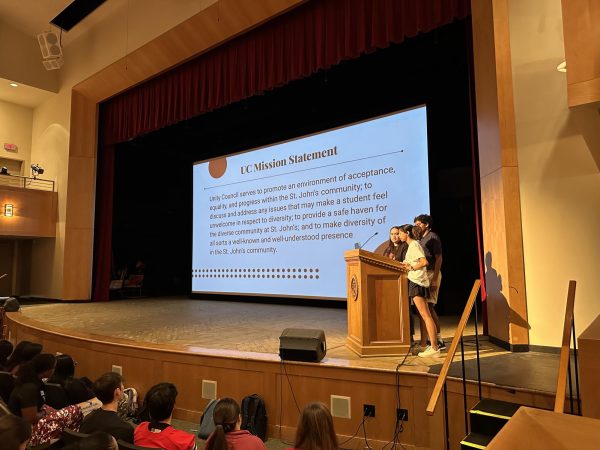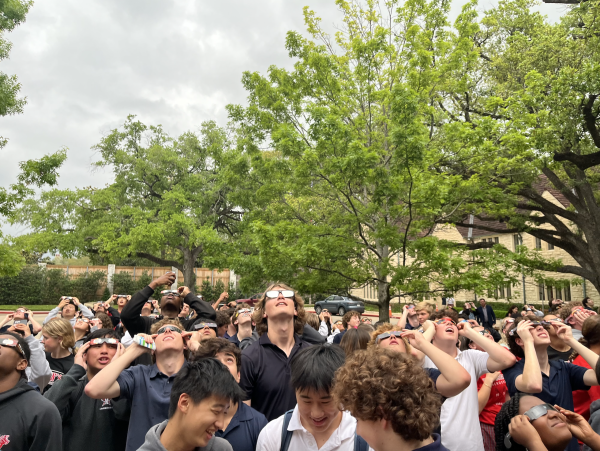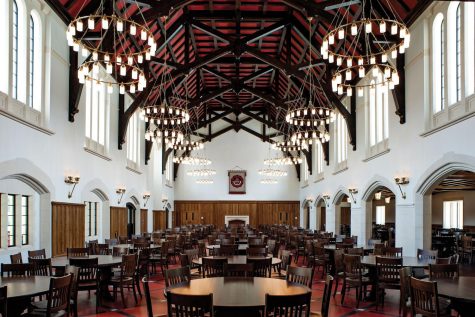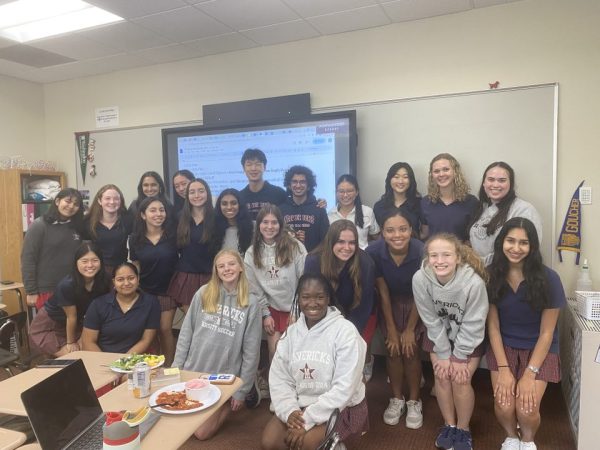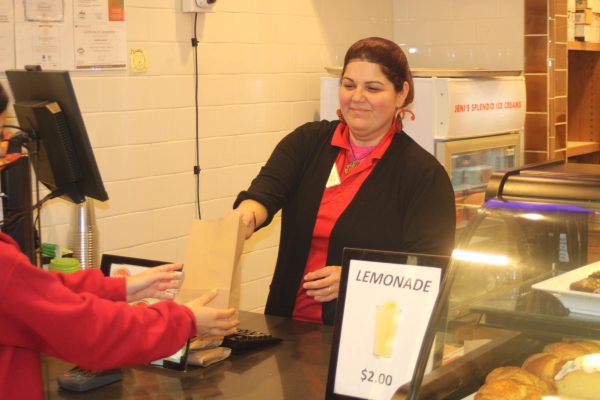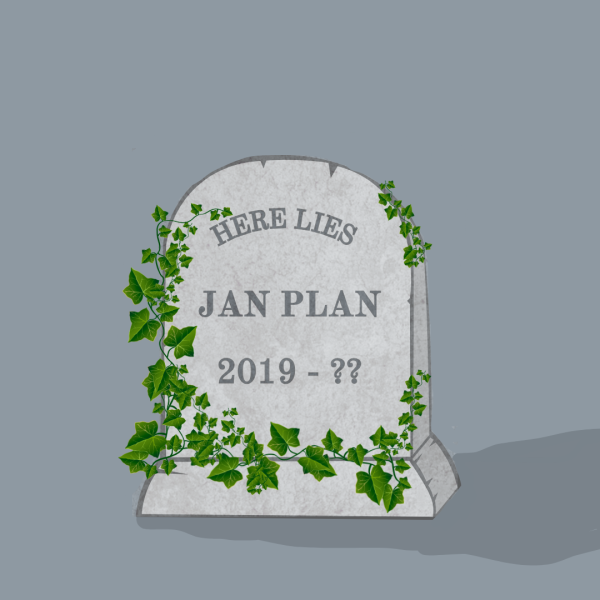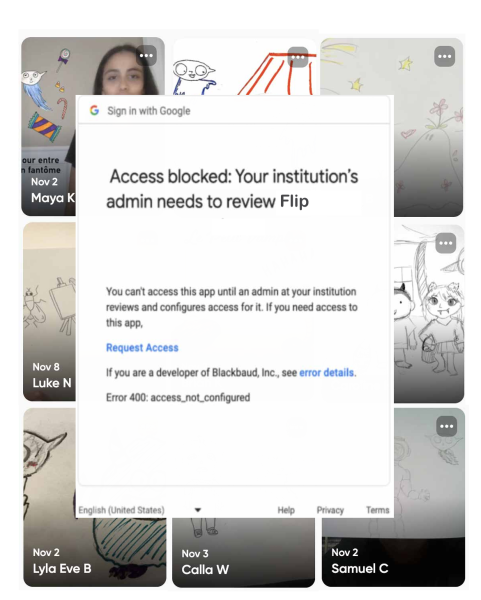Students discuss climate change, aftermath of Hurricane Nicholas
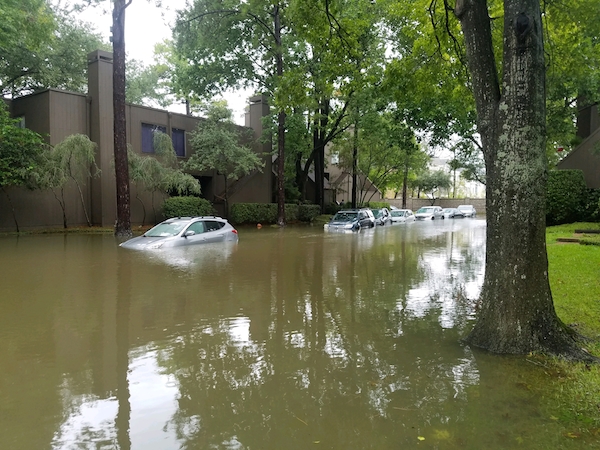
Constant downpour during Hurricane Harvey flooded many streets and produced more than 60 inches of rain.
Ever since Hurricane Harvey struck in 2017, an increasing number of major weather events have caused school closures throughout the Houston community. These natural disasters often leave long-lasting, devastating impacts that can take months or years to fully recover from. As climate change progresses, the effects of these hurricanes will only worsen.
The hurricane season spans from June 1 to Nov. 30; it peaks in mid-September when sea-surface temperatures are the highest. Climate change has increased these temperatures by 0.32 degrees Fahrenheit per decade since 1981. As a result, hurricanes strike with increased frequency and intensity.
“Big hurricanes are occurring pretty often now,” freshman Caiman Moreno-Earle said. “It feels like we’ve had once-in-a-hundred-years storms happen almost every year since Harvey.”
Many everyday activities, such as generating electricity, driving gasoline-powered cars and burning fossil fuels, increase global warming by releasing greenhouse gases like carbon dioxide into the air.
“CO2 is one of the greenhouse gases, which we need to keep the Earth warm enough to sustain our current forms of life,” said AP Environmental Science teacher Gaby Del Bosque-Hernandez. “The problem is that the more greenhouse gases there are in the atmosphere, the warmer our planet gets, causing climate change.”
Beginning with Hurricane Harvey, four natural disasters have hit Texas over the past five years. Like much of the city, Moreno-Earle’s neighborhood was hit hard by Harvey, a category-four storm. As a result, all residents on his street were forced to tear down, rebuild or elevate their houses.
“Within two days of rain, water and mold came up through our floors,” he said. “My street was littered with destroyed walls, downed trees and collapsed roofs after the storm.”
It feels like we’ve had once-in-a-hundred-years storms happen almost every year since Harvey.
Del Bosque-Hernandez advocates for stronger nationwide infrastructure to prepare against future hurricanes.
“Our current infrastructure is pretty old; we want to be able to trust it,” she said. “During cold storms or strong heat waves, the infrastructure needs to be able to withstand all of the damages.”
Harvey was one of the most devastating hurricanes in Houston, causing 103 deaths, dumping 60 inches of rain and producing $125 billion worth of damages. Two years later, Tropical Storm Imelda accumulated 44 inches of rainfall and became the third-wettest tropical storm to impact Texas. In February 2020, Winter Storm Uri left 4.5 million homes and businesses without power and caused $295 billion in damages. Most recently, Hurricane Nicholas had winds peaking at 75 miles per hour and over 400,000 houses lost power.
As the emission of greenhouse gases continues to rise, these superstorms—such as category four and five hurricanes and polar vortexes—will only become more frequent.
“Natural disasters are happening all the time,” Del Bosque-Hernandez said. “Although there’s no way to prevent a storm from forming, the intensity of the storm is what we could control by reducing the number of greenhouse gases produced by humans and slowing down climate change.”

Emma Chang ('24) joined The Review in 2020 as a freshman. Her favorite emoji is ?, and she is obsessed with Taylor Swift.

Ellison Albright ('24) joined The Review in 2021 as a sophomore. She collects glass insulators, and she enjoys discovering new music.

Stephen Kim is the Creative Director. He is a senior, and this is his fourth year on The Review.



